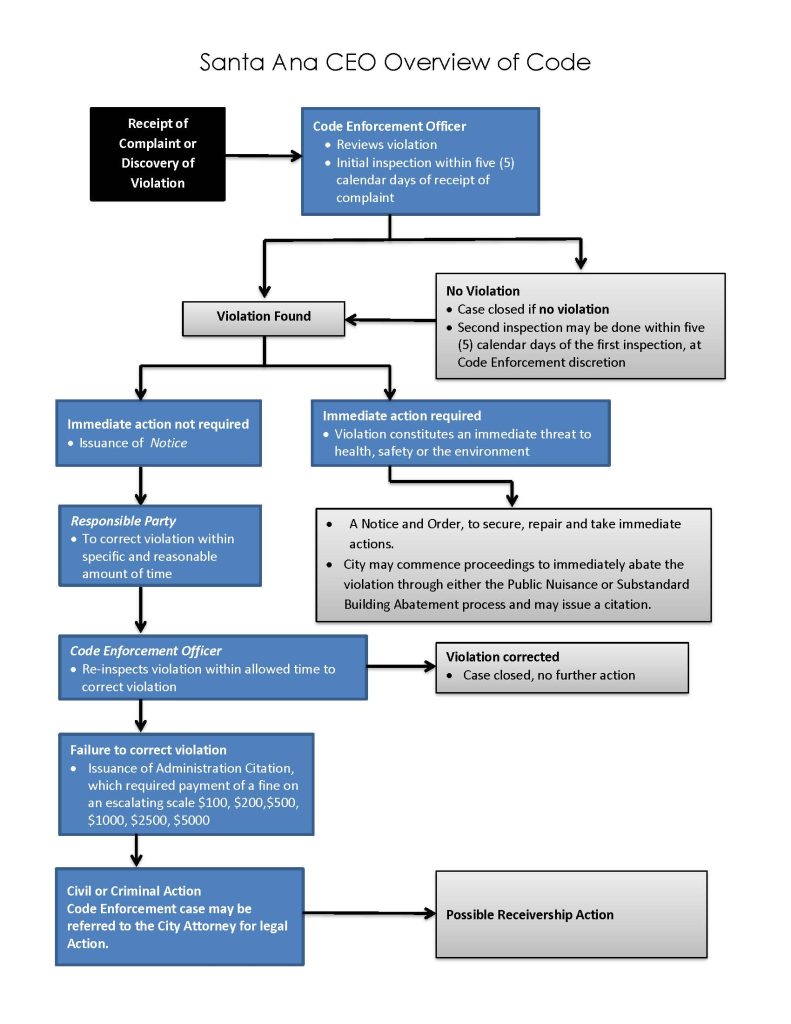If compliance is not achieved through a Warning Notice, and Administrative Citation/Fine is issued. The fine amount is set by resolution of the City Council.
Short Term Rentals: fines for violations involving short-term rentals progress in amounts not to exceed $1,500, $3,000, and $5,000 for subsequent violation(s) of the same ordinance within one year from the date of the first occurrence.
Building Code and Zoning Code Violations: fines for violations involving building codes or zoning code violations progress in amounts not to exceed $1,000, $2,500, and $5,000 for subsequent violation(s) of the same ordinance within one year from the date of the first occurrence.
All Other Administrative Fines: fines progress in the amounts not to exceed $100, 200, and $500 for subsequent violation(s) of the same ordinance within one year from the date of the first occurrence.

